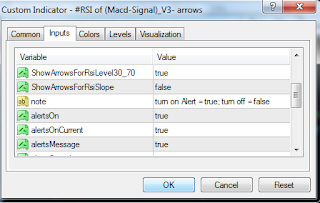| The motive waves: It's the pattern of the five wave, wave 2 corrects wave 1, wave 4 corrects wave 3. The sequence of wave 1 to wave 5 is corrected by the a b c sequence. - The rules of impule wave: + Wave 1 can be the impulse wave, or leading diagonal triangle pattern. + Wave 2 cannot retrace past the beginning of the wave 1. + Wave 3 must be the impulse wave. + Wave 3 cannot be the shortest wave of three impulse wave (1,3,5). It is almost the longest wave. + Wave 4 cannot overlap the pick of wave 1. + Wave 2 and wave 4 must have the alternations (scale of price or the patterns). + Wave 5 can be the impulse wave or diagonal triangle pattern. |
The extentions:
The extentions are the elongated impulse waves with exaggerated subdivisions. It only appears on one of the impulse waves. Most extensions occur in the 3rd wave.
The truncations:
The truncations is the situation that the 5th wave cannot move beyond the end of the 3rd wave. It often occurs following the strong extension of the 3rd wave.
The ending triangle ( 3-3-3-3-3)
The ending triangle is the special type of motive wave, not yet the impulse wave. It take a wedge shape pattern with two converging lines, with each subwave subdividing into 3 wave.
You can see it in the image below:
The leading triangle (5-3-5-3-5)
The leading triangle pattern is a special type of motive waves too, but the structure is not the same with the ending triangle. The 1st, 3rd, 5th wave of the leading triangle subdivide into 5 wave.


























